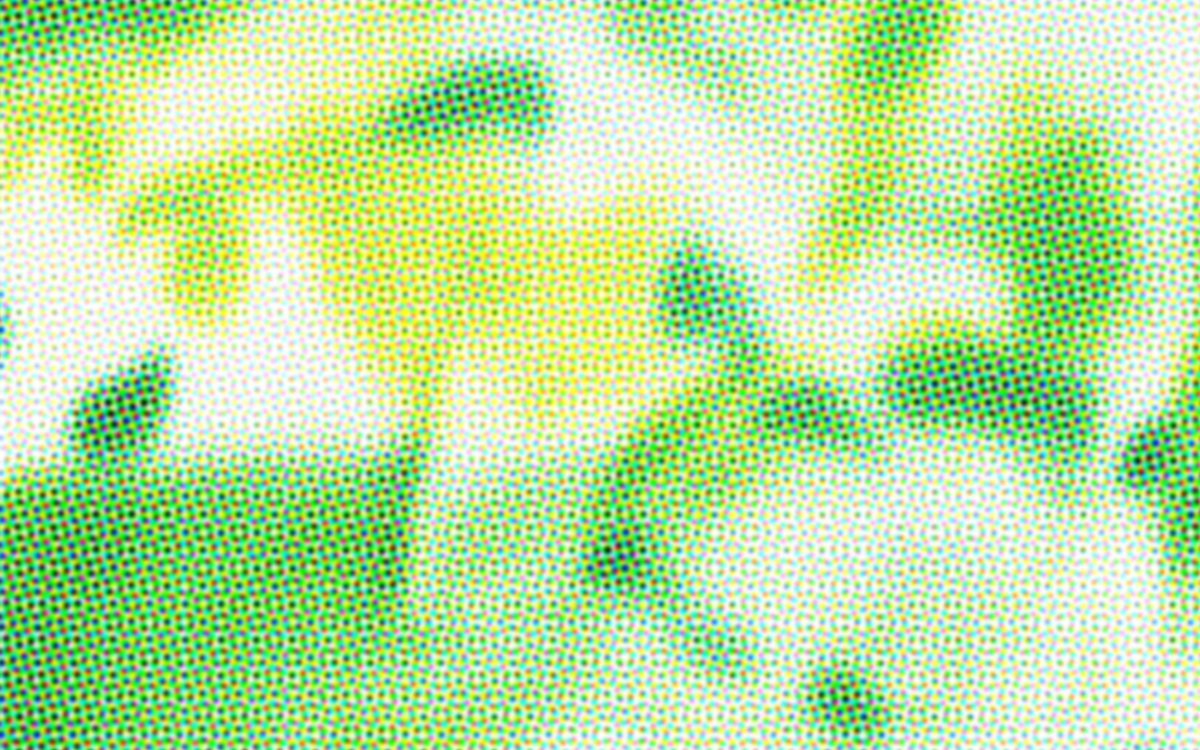Focused vs Diffuse Thinking

Have you ever had a brilliant idea while cleaning your house? Or perhaps you solved a complex problem seemingly by chance during a jog or while socializing with friends?
In reality, these moments are not mere coincidences. They often occur when your brain is operating in what’s known as the diffuse mode of thinking. Unlike the focused mode, where attention is directed intensely toward a specific task, the diffuse mode is characterized by a relaxed, open awareness that allows the mind to wander freely. This mental state enables the brain to make unexpected connections between disparate ideas, often leading to creative insights and solutions.
Understanding the interplay between focused and diffuse modes of thinking can significantly enhance your learning process. So let’s explore how each of these states functions and learn how to use them—both individually and in tandem.
Focused Thinking
Focused thinking means focusing deeply on a specific task or problem. It engages the prefrontal cortex, the part of your brain that handles complex tasks such as decision-making and problem-solving. This mode is essential when you’re learning new information, solving complex equations, or engaging in tasks that require meticulous attention to detail. For instance, when studying for an exam, focused thinking allows you to absorb and understand the material deeply.
However, prolonged periods of focused thinking can lead to mental fatigue and a phenomenon known as cognitive tunneling, where your ability to think creatively diminishes. That’s why it’s crucial to balance focused sessions with intervals that allow the mind to rest and rejuvenate.
Diffuse Thinking
Diffuse thinking, on the other hand, occurs when your mind feels relaxed and can wander. This mode activates a broad network of brain regions, facilitating the formation of novel connections between ideas. Activities such as walking, showering, or daydreaming often promote diffuse thinking. This is when sudden insights or creative solutions to problems can emerge.
For example, after spending hours trying to solve a challenging problem without success, stepping away and engaging in a different, less demanding activity may lead to an unexpected breakthrough. This happens because diffuse thinking allows the brain to process information in the background, integrating new knowledge with existing mental frameworks.
Integrating Focused and Diffuse Thinking
To optimize learning and problem-solving, it’s beneficial to cycle between focused and diffuse modes of thinking. One helpful method is the Balanced Productivity Strategy, which harmoniously integrates both cognitive approaches. Here’s how to implement it:
- Engage in Focused Work Sessions: Begin with a period of concentrated effort on a specific task. This focused mode allows you to dive deep into the material, fostering detailed understanding and skill acquisition.
- Transition to Diffuse Thinking Breaks: After a substantial focused session—typically lasting between 25 to 90 minutes—take a break that encourages mental relaxation and free association. Activities such as walking, meditating, or engaging in a routine task can shift your brain into diffuse mode, helping it form broader connections and insights.
- Alternate Between Modes: Continue to switch between focused work sessions and diffuse thinking breaks throughout your day. This alternation ensures that you not only absorb and analyze information but also allow your mind the freedom to integrate and innovate upon it.
- Reflect and Adjust: Periodically assess the effectiveness of this strategy in your workflow. Adjust the duration and nature of your focused sessions and breaks to find the optimal rhythm that enhances both productivity and creativity.
By consciously alternating between focused and diffuse modes, you can boost learning, improve problem-solving, and unlock more creative thinking—leveraging the full spectrum of your cognitive capabilities.
Read next



